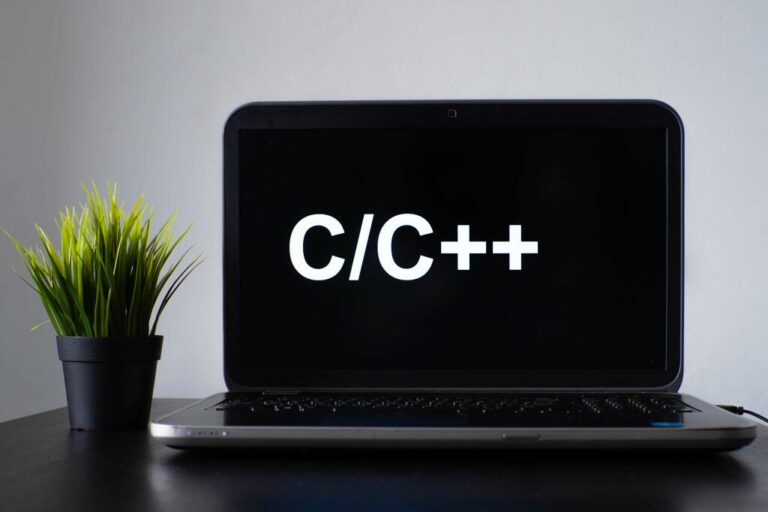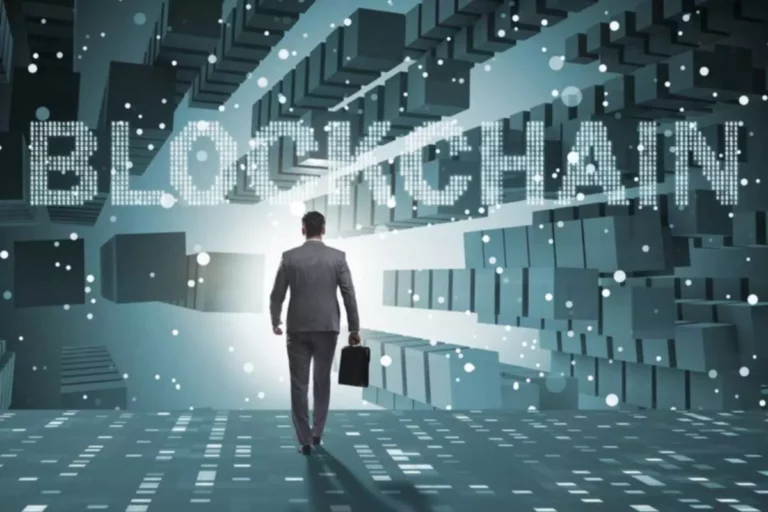How to use the 5 stages of team development and build better teams!
Content
One key way organizational leaders can foster a team mentality culture is by motivating team members with positive reinforcements. Rather than rewarding one employee, we advise you recognize the whole group. For instance, you can reward the entire team for reaching a significant milestone.
Keep in mind that no one person needs to be responsible for the team. Project management duties can be shared, with different members taking responsibilities for each stage of the project. As mentioned, some of the stages are team development may have some conflict, disagreements, or general butting of heads. However, there are some strategies you can do to help your team advance through the five stages with minimal conflict. Establishing ground rules from the get-go ensures they get followed as the group moves from one stage to the next.
To effectively move forward with team development, a group first needs to understand their purpose and overall goals. Frustration or conflict can arise if the group doesn’t agree on or understand the reason for the team’s existence and how success will be measured. Being sure the team is aligned on team goals early on means that you can develop as a group swiftly and efficiently.

A team mentality is an important aspect of any successful group dynamic that creates a sense of unity and purpose in a workforce. Some examples of team mentalities include collaborative, competitive, innovative, accountable, and supportive team members. Workers must also be aware of their mentality and how it affects their work and relationships. These strategies can accelerate the process of building a team first mentality in your workplace. However, remember that building a strong team mentality takes time, effort, and commitment from all team members.
What are the 5 stages of group development?
The first stage of group development is forming, a time characterized by uncertainty and stress between members of the newly created group. Roles are usually assigned during this phase and goals are set. The storming phase is the least productive phase in group development due to conflict and the lack of clarity between group members. Arguments and disagreements take place as leaders and peers present different ideas.
Listening is the most helpful action team members and the team leader can take to resolve these issues. Because storming can be contentious, members who are averse to conflict will find it unpleasant or even painful. This can decrease motivation and effort by drawing attention away from tasks.
The framework builds character, allowing team members to grow, become more effective, improve interaction and boost confidence. A workshop to review team priorities and made choices about what to focus on individually and collectively. The workshop challenges members to reflect on where they can have the most impact and influence.
How do you build a team first mentality in the workplace?
In the case of the company newsletter you may need to think about the existing communication culture within the organisation and how the newsletter can enhance it. Consider the reasons for introducing the newsletter and to what extent it is in line with organisational strategy and vision. In contrast, heterogeneous groups, whose members have a wider range of values and beliefs, are likely to experience greater conflict, but they have the potential for greater creativity and innovation. A number of people kicking a football about in the car park at lunch time is probably a group. All groups must go through the initial four stages in order to become productive and deliver results. Industries Industries From medical devices to test systems, learn how innovation-centric services have helped organizations from various sectors in identifying risks—and addressing them.
Also known as a team first mentality, a team mentality involves cooperation, collaboration, and utilitarianism. Understanding this practice is important because workforces can more easily overcome challenges, achieve success, and rely on each other. https://globalcloudteam.com/ To build a solid and effective team, we need to understand the five stages of team development and how to implement them. The TEAM model also postulates the existence of two distinguishable activity tracks present throughout all the stages.
- Make sure you schedule the meeting at a time that’s as close to business hours as possible in each time zone.
- People bring to the team not only their knowledge and skills but also their personal attributes and the ways in which they behave, contribute and relate to others.
- After reflecting as individuals, the team builds a collective map which can serve as the basis for further discussions and actions.
- Even though these individuals stay quiet, issues may still exist.
- If necessary use a team you recently managed or participated in.
- Although achieving the performing stage is generally positive, that does not mean that all teams at that stage outperform all teams at lower stages of development.
Returning to the marketing team example, the group originally formed a cohesive group that clearly outlined its goals and assigned roles to each of its members. However, during the storming phase, the group begins to lose focus as two strong leaders attempt to control the group. The rest of the members remain quiet while the two individuals vying for control question each other’s methods and deviate from their assigned roles. Although the group remains intact, the team’s output remains small because of unproductivity during meetings.
Definition of a team mentality
How did you know what behaviors were acceptable or what level of performance was required? Teams usually develop norms that guide the activities of team members. Team norms set a standard for behavior, attitude, and performance that all team members are expected to follow. Norms are effective because team members want to support the team and preserve relationships in the team, and when norms are violated, there is peer pressure or sanctions to enforce compliance. In the performing stage, consensus and cooperation have been well-established and the team is mature, organized, and well-functioning. There is a clear and stable structure, and members are committed to the team’s mission.

Group development relates to the predictable stages of growth and change experienced by every group over time. Bruck Tuckman’s Stages of Development model aims to outline and explore the most crucial steps in the group development process and their effect on everyone involved on the team. Team mentality models are frameworks that explain and develop the shared mindset and attitude of a group working toward a common goal. A team mentality follows the ideology that every participant plays their part.
Group development
This introduction has outlined differences between groups and teams but it has also highlighted the fact that all teams are groups but not all groups are teams. The remaining sections of this chapter sometimes relate specifically to teams and sometimes to groups and teams. Thus, we refer to all groups as teams rather than groups and teams. Primary groups have regular and frequent interactions with each other in working towards some common interests or tasks.

With limited, often biased, information and no internal or external opposition, groups like these can make disastrous decisions. The theory that change within groups occurs in rapid, what are the four stages of team development radical spurts rather than gradually over time. Stage when participants find it easy to establish their own ground rules and define their operating procedures and goals.
Managing conflict
Add up the scores for the task dimension and the social dimension separately. If more than one person completes the questionnaire, divide the total for each dimension by the number of people who complete the questionnaire to calculate an average for each dimension. Compare the average score for each dimension with the values shown at the end of the questionnaire. The questionnaire can also be used to compare different teams.
The Lencioni Model
For example, if new members join during the project, the team may need to return, at least in part, to the forming stage while performing at the same time. A variety of other changes may cause storming in well-established teams. However, the idea of team stages can be useful in anticipating what kind of support a team may need at a particular time. A team is more than a set of individuals with the appropriate skills.
After watching this lesson, you should be able to list and summarize Bruce Tuckman’s five stages of group development. These quotes can provide valuable insights and perspectives on the importance of collaboration, cooperation, and mutual support. Organizations can use these quotes as a source of motivation or a reminder of the value of teamwork. If you want to improve the performance of your team, then be sure to provide avenues for open feedback from all participants. It is important to be available for both good and bad feedback and welcome suggestions with a positive attitude. In case of disapproval, remain respectful and discuss the best course of action.
useful online tools for workshop planning and meeting facilitation
By ensuring a balance of behaviours or ‘roles’ there is a greater likelihood that the team will perform well. Belbin’s research identifies nine clusters of behaviours, or roles. Glenda recalled looking around the meeting room with satisfaction on the first day that her team met, feeling pleased that team members, between them, had the appropriate skills for the task. Three months later, however Matt, who had been chosen for his expert knowledge, never seemed to be able to see the ‘bigger picture’ – the entire task in context. As a result he occupied himself with detail and technicalities, and missed seeing important implications.



